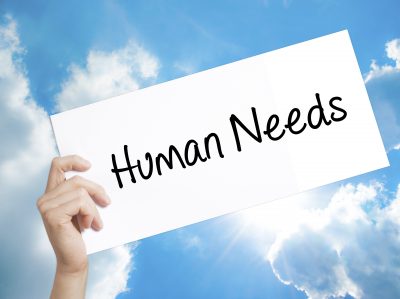Have you ever been stuck in a traffic jam? Traveling on the road, either for work or vacation, and slowly you start seeing the red tail lights of the cars in front of you. Then, traffic comes to a complete stop. You might have to wait 15 minutes, an hour, or longer. It depends on the accident in front of you.
While you are waiting, you might see a police car or two attempting to pass on the shoulder of the road. There might be a tow truck, an ambulance, and a fire truck that go by. The more of these vehicles you see, the worse the accident ahead. It also means you might be stuck, unable to move, for longer than you thought.
Traffic Jam Continues, Like the Quarantine
A traffic jam seems to be an adequate metaphor for the COVID-19 pandemic and quarantine. Everyone was going along, until things started slowing down. Before we knew it, we were stopped. We could not see anything ahead, but had a realistic idea of the problem before us. All we can do is wait until we get the all-clear sign. In traffic jams, when the cars in front of you move, you can move. You can only go as fast as the vehicles in front of you.
Right now, we are seeing some movement in our collective traffic jam. The Food and Drug Administration (FDA) recently provided an emergency use authorization to a COVID-19 vaccine. With the first doses to be administered in the near future, it seems we are on a path to slowly moving forward on getting past the quarantine.
Signs of Hope Ahead?
With a traffic jam, you know you are in the clear when you can move at posted speed. With everything that has happened with the COVID-19 pandemic and quarantine, how will we know we are in the clear?
There are direct care workers and hospital personnel who continue to work long hours. Also, there are people who are without jobs or are underemployed. To make matters worse, there are people in long term care who are lonely, isolated, and have lost loved ones. Simply ending the quarantine may alleviate some of the challenges. It will not address the pain and suffering, the sacrifices, and the trauma caused. To do that, we need to examine how we got here. Also, we need to look at policies and procedures for dealing with this kind of crisis. Most of all, we need to support direct care workers with a living wage and education to support them as they care for older adults.
Kathy Dreyer, Ph.D., is an Advisor at AGE-u-cate® Training Institute, which develops and delivers innovative research-based aging and dementia training programs such as Dementia Live® and Compassionate Touch®, for professional and family caregivers; kathy.dreyer@ageucate.com



 Julie has worked in Aging Services for over 30 years and has been a Licensed Nursing Home Administrator since 1990. She is the Director of Grants and Consulting Projects and a Certified Master Trainer with
Julie has worked in Aging Services for over 30 years and has been a Licensed Nursing Home Administrator since 1990. She is the Director of Grants and Consulting Projects and a Certified Master Trainer with 